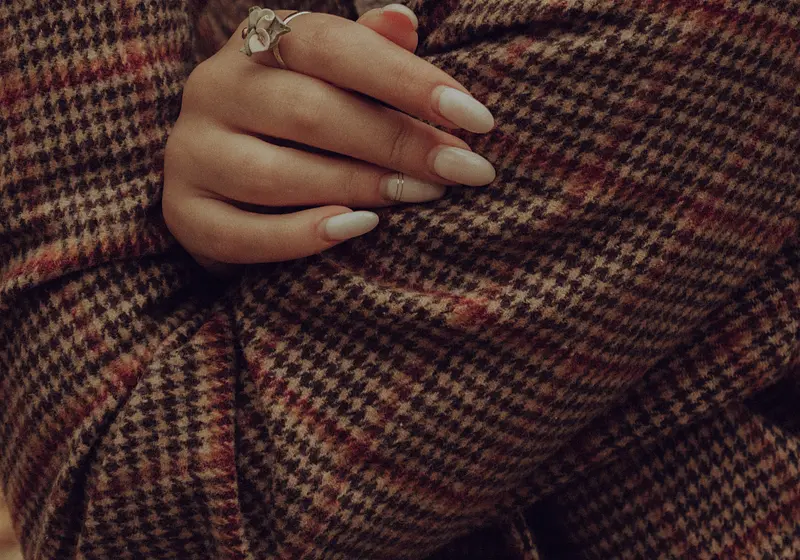Running through art museums after hours, reading thick classic novels, owning trenchcoats, knowing quotes from The Dead Poet's Society and The Secret History like they're holy scripture.
These are some things embedded into the dark academia aesthetic, in which academic rebels thrive in a world of tweed and black.
Dark academia revolves around a passion for learning and is rapidly growing. With that growth, however, comes criticism, even from people like me, who in the past referred to themselves as lovers of the aesthetic. In this article I will take you through the critiques I have with it.
It's Eurocentric
The main complaint people have towards dark academia is its extreme lack of diversity. The origins of things (books, movies, fashion, etc.) considered to be part of the aesthetic are from ancient Rome or Greece, or from present-day European countries.
Some of the most popular books amongst academics (those who live and breathe the aesthetic) are The Invisible Life of Addie LaRue by V.E. Schwab, The Picture of Dorian Gray, a classic by Oscar Wilde, and A Deadly Education by Naomi Novik.
There is a common similarity between all three of these novels: they are white, white, white.
A Deadly Education actually had to have an edit to it after publication as it contained a racist paragraph regarding locs.
The Invisible Life of Addie LaRue has also received some criticism. The book centers around an immortal French girl, and in all of her 300+ years, she only had traveled within Europe and the USA. How is that plausible?
She should have been able to have gone to far more places, perhaps India or Ethiopia or Brazil. But no, Addie LaRue stuck with English-speaking, white countries.
Popular dark academia movies are also lacking in diversity. They include Maurice, set in England (pictured below), and the Dead Poet's Society, whose main characters -- all six of them -- are white.
It promotes unhealthy behaviors
Unhealthy habits such as caffeine addiction and severe lack of sleep are prominent within the world of dark academia. An academic drinks coffee (black, of course) during all waking hours. And waking hours? To academics, that's basically all day.
The aesthetic promotes studying 24/7, putting off sleep and the importance of mental health in order to do so. This lack of sleep poses a great issue: sleep deprivation, which can induce memory issues and an increased risk of diabetes.
You can't be poor
In order to be an academic, you must own tweed coats, go to, or long to go to, a boarding school, and have so many books you're practically drowning in them (and they must be classics, obviously).
Basically, you need to be in the upper-class.
Tweed items, even thrifted, cost an arm and a leg. Boarding school costs even more. As for drowning in books, have you ever walked into a bookstore and taken a peek at the price tags of hardcovers, or even paperbacks? It can get pricey to buy more than two of these, even.
The “need” to be in the upper-class to fit into the aesthetic ties into my first criticism, which is the lack of diversity in the dark academia community. Racial minorities are less represented in the upper-class and the upper-middle class, as it can be harder to get jobs for people of color due to racism.
So, how can we fix this?
For dark academia to be less toxic, I think people who consider themselves a part of the aesthetic should give a voice to POC in the community -- before white academics run all of them off. I also think, since academics love research so much, they should research dark academia books and movies that have diverse casts of characters.
Another idea is to leave the aesthetic in the dust -- though not entirely. Perhaps give a new name to it, so it doesn't have the weight of this reputation on its shoulders.
More communities being represented -- that's what the aesthetic is missing. And that's a large thing to miss.




